

After five years of work, the town’s students have put the final touches to a document for future generations.
Six years have past since the 2011 earthquake. With the progress of the reconstruction work, the city is transformed from day to day. Each in their own way, the different neighbour hoods are starting to recover the rhythm of daily life as it was before the disaster. Some doubt that, in time, those who live in regions who escaped the disaster will remember what happened. So that the memory of this tragic event is engraved in the collective memory, it’s necessary to leave “testimonies” and publish them. “To protect people for the next thousand years, that’s why we wanted to collect these documents written in our own words.” This was the hope of twenty students from Onagawa high school, who finished their secondary education this spring. At the time of the earthquake, these young people were in their last year of primary school; today, they are 18 years old. On leaving school, to share the lessons learnt from the earthquake, they created the Association for the Protection of Life for the Next Thousand Years, with Miss Abe Yuki as president. Their main thing they achieved was to publish a manual on disasters for high school students called “The School Manual for Life”. It’s made up of archive material about the earthquake. “We wanted to create not just a collection of archive material, but also a school book that would help young people know how to protect themselves,” one of the students explained during a class in high school on civic life. With the support of all their classmates, the students had worked on their project during all their years at school from junior to senior high school,even on their days off.
During their last winter holiday as senior-highschool students, they spent the whole night between the 29 and 30 December 2016 proof reading. From the start, seven students received help from Abe Kazuhiko, a teacher who’s now the head of Higashi-Matsushima High School. He did a detailed proof read, and continually encouraged the youngsters.
“At first, I never imagined we’d get to this point. Now I realize that we had all the will power and skills to accomplish it. We’d like to thank all the professionals who advised us on the more technical details, and everyone else who encouraged us one way or another. Indeed, for some it was not easy to make time outside of school hours,” confesses Suzuki Ami, one of the members of the project. That was the case for Suda Miki. “In senior high school, I didn’t have a lot of time to give because of my extra curricula activities,” she says regretfully. Nevertheless, she remains determined. “After this publication, we’ll keep working. The most important thing now, is to find the means to share our testimonies with the maximum number of people. I wasn’t a very active member during high school, but now, I will be more involved,” she promises.
It’s a very emotional book and a truly moving publication.“I’m impatient to know how people will receive the book,” Suziki Ami explains. Suda Miki expresses his hopes thus: “This document is about how we lived through the earthquake, written in our own words. A big thank you to all those who helped and encouraged us, both in Japan and across the whole world. I’d like to make sure that his book is read by all those who did not experience the disaster.” This book took five years from its inception to publication. Sixty-three pages in B5 format, divided into four sections, its format reflects the school curriculum. In the first section on social sciences, three action plans are proposed in the event of a tsunami: 1. To strengthen the ties between people; 2. To rework city planning to facilitate access to higher ground; 3. To preserve archives.In the science section, there’s a detailed explanation of the mechanics of earthquakes.
And in a section on civic life, the day the earthquake happened is described in their own words. It explains the importance of life, of daily activities, and is illustrated with real stories to express the very personal emotions they experienced. Another project the students have initiated is also mentioned: “The Project for a memorial dedicated to life”, which will consist of building a memorial of stone in the twenty one districts of the city affected by the tsunami. This book is worthy of recognition as “an archive” that will help protect residents for the next thousand years.
The self-published book of 300 copies will be distributed in the primary and high schools of Onagawa.
The young students have gone to great length to “describe in their own words” the surreal experience of the earthquake. Every word carries weight, written by people who have come to understand “the importance of life”. Here we discover how “a peaceful day-to-day life” without a disaster is an extraordinary thing, and how wonderful it is to be able to live in the moment…In their own way, these young people show us their determination to continue working to share their experience. “This publication is not the end, but the starting point. All this will only have meaning if we succeed in protecting life for the next 1,000 years,” they say, before Suda Miki adds, “there’s still so much to do.”
Yamaguchi Hiroshi

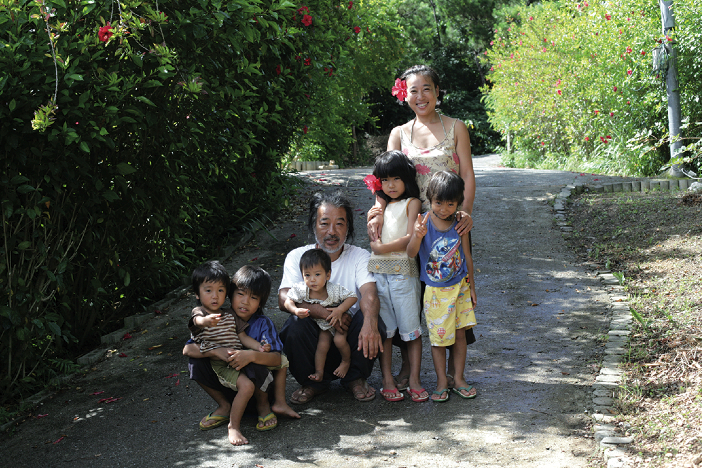
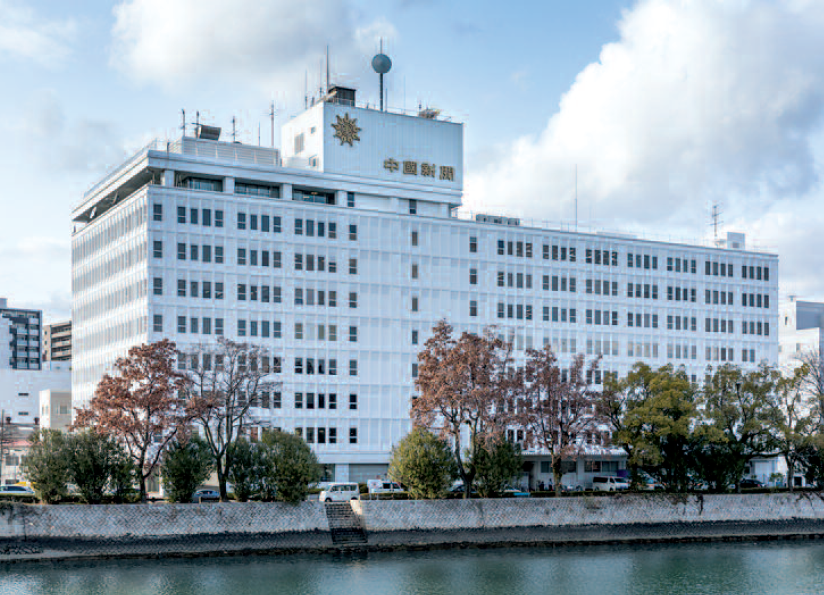
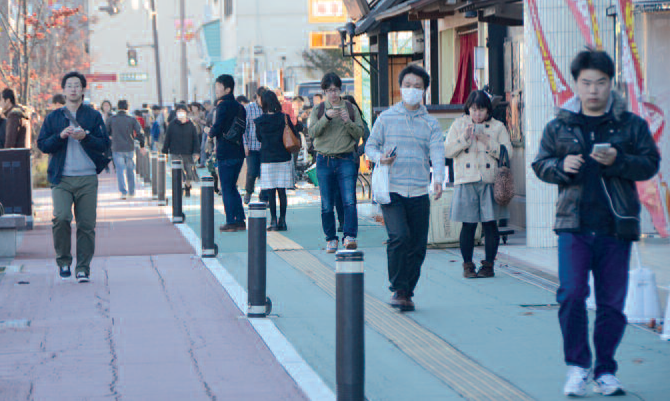
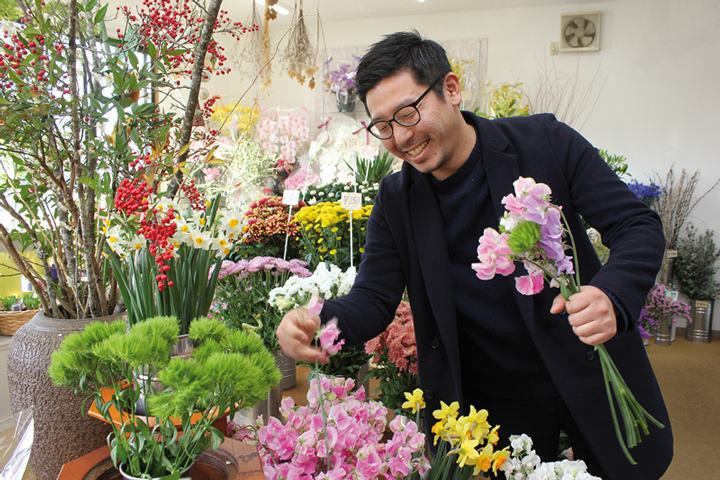
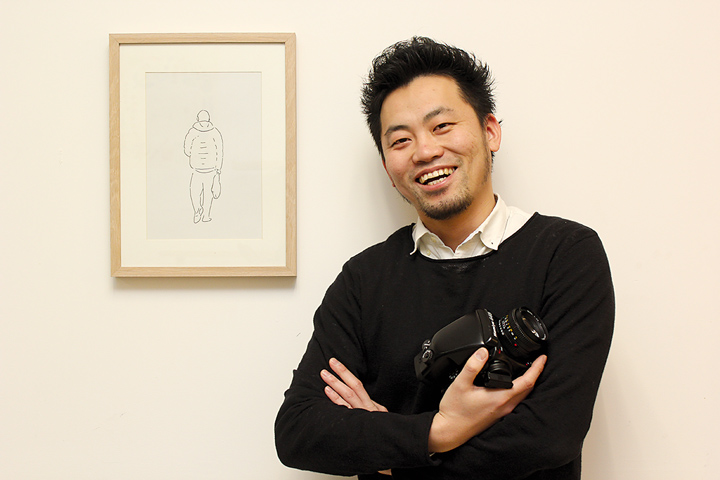
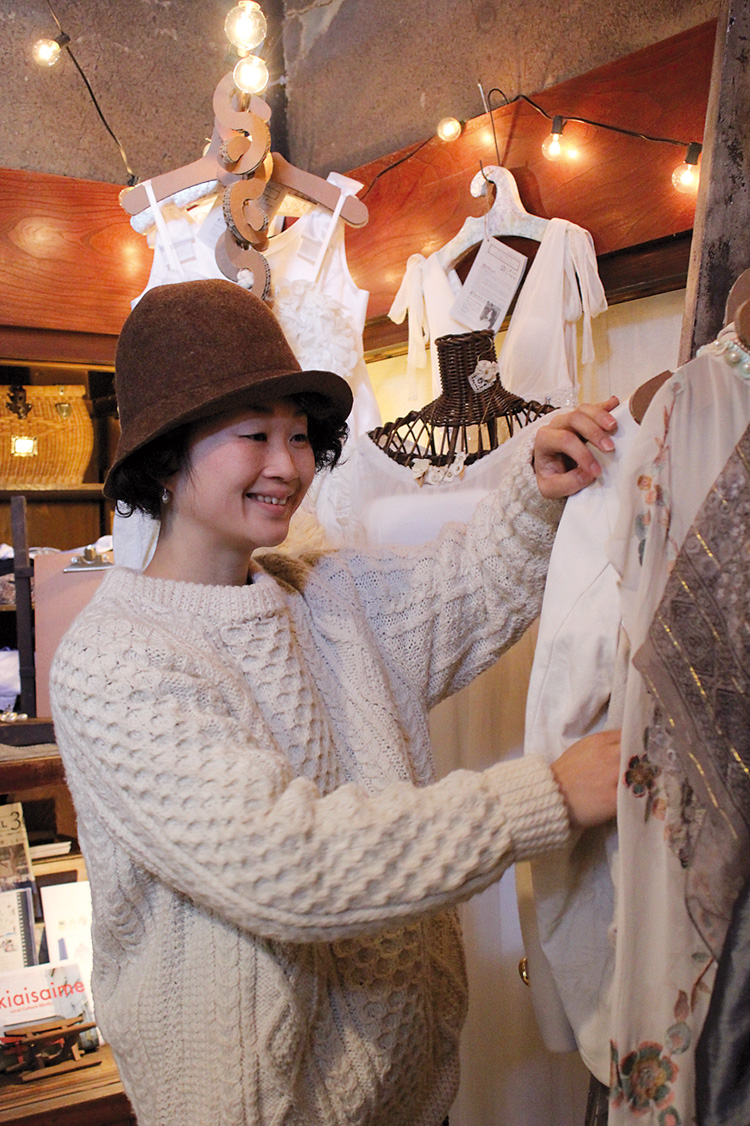
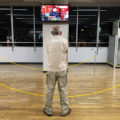

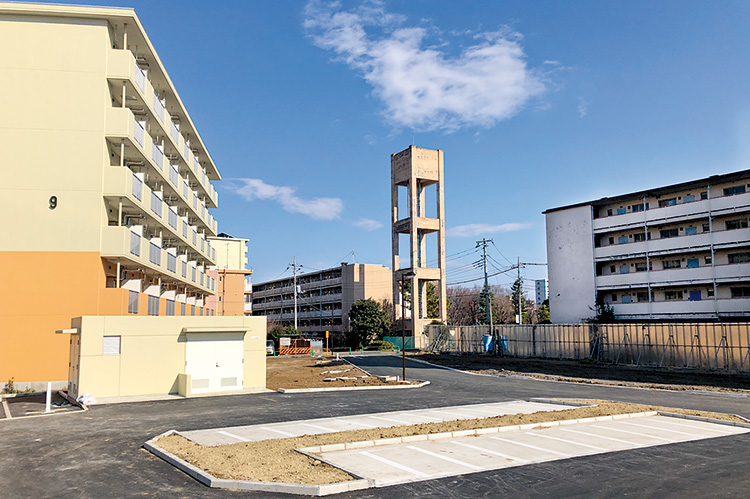
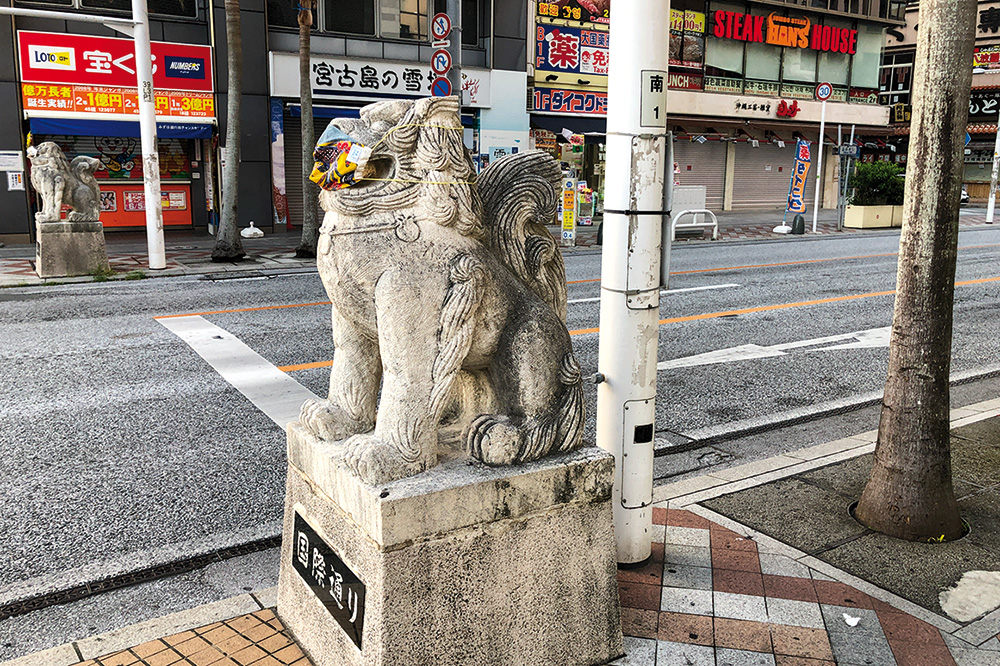
Leave a Reply